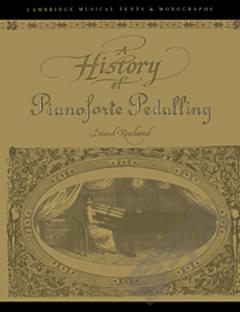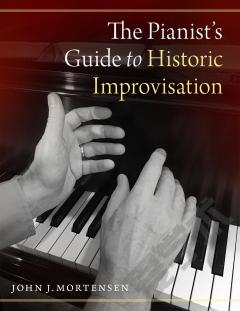A History of Pianoforte Pedalling
David Rowland traces the history of piano pedalling from its beginnings in the eighteenth century to its first maturity in the middle of the nineteenth century and beyond. Pedalling technique was a major feature of nineteenth-century piano performance and, coupled with new developments in piano structure, inspired many composers to write innovative works for the literature. Rowland examines this through the technique and music of composer-pianists such as Beethoven, Liszt, and Chopin. In addition, he follows the transition from harpsichord and clavichord to piano and outlines the physical properties of the various stops, levers, and pedals available at the different stages of the instrument's development. The book also includes an appendix of translated extracts from three well-known piano-pedalling tutors. It will be of interest to students and scholars of music history and performance practice, as well as to pianists.
{{comment.content}}








 京公网安备 11010802027623号
京公网安备 11010802027623号